Aquarium lights are one of the most important pieces of equipment in your fish tank. They allow you to see what’s going on in your aquarium and give your fish plenty of light. But there are many different types of aquarium lights available, each with its pros and cons.
Here are 17 DIY aquarium light ideas that you can try out yourself.
Table of Contents
1. LED Lights
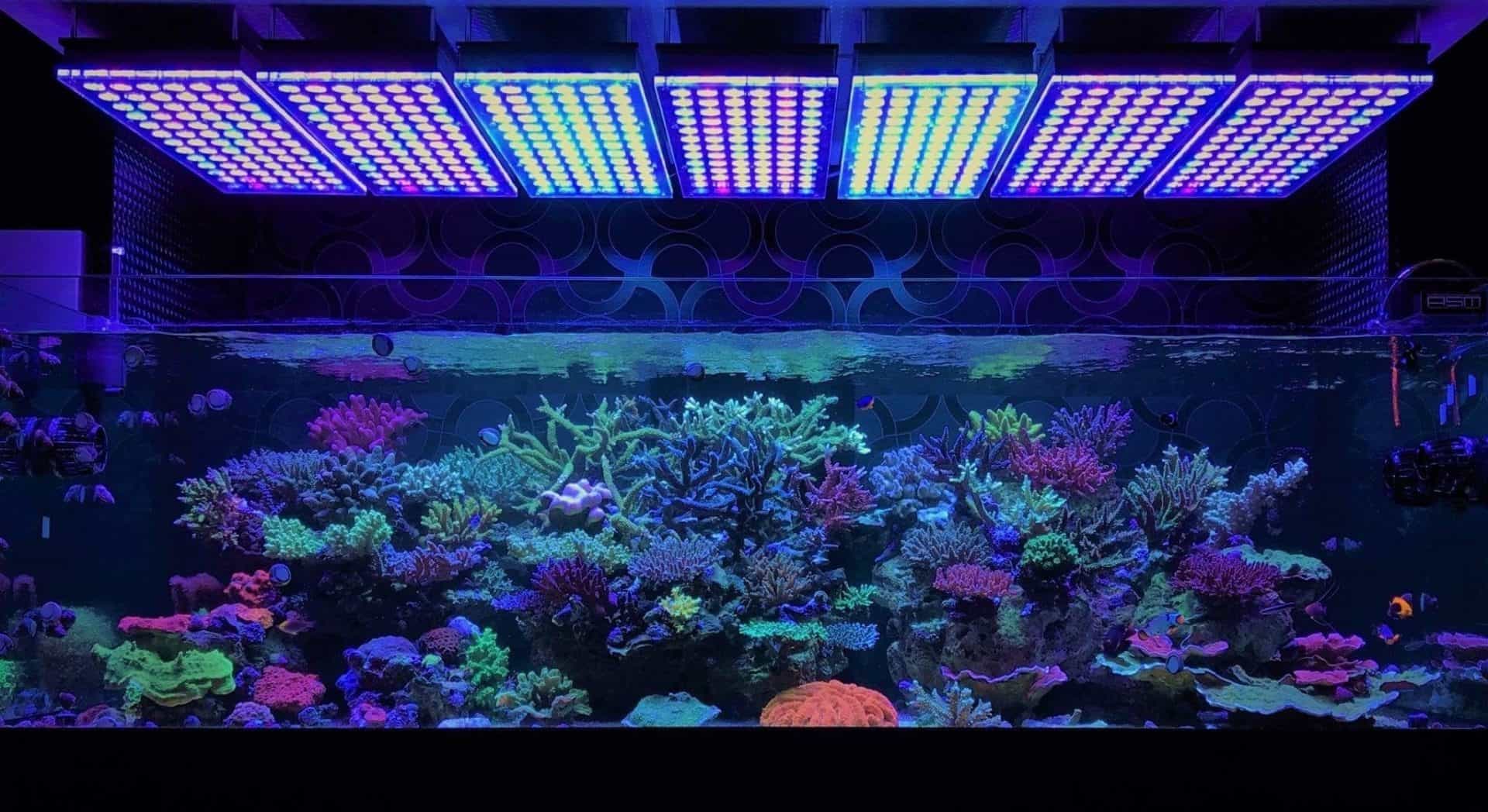
LED aquarium lights are great for beginners who don’t have much experience with aquarium maintenance. They’re inexpensive and energy efficient, making them a popular choice among hobbyists.
LED lights come in two main varieties: strip lights and floodlights.
Strip lights are ideal for small tanks, while floodlights are designed for larger tanks.
2. Incandescent Lights

Incandescent lights are another option for beginner aquarists. They’re inexpensive, easy to use, and provide bright illumination. However, incandescent bulbs contain mercury, which is toxic to fish.
3. Compact Fluorescent Lights
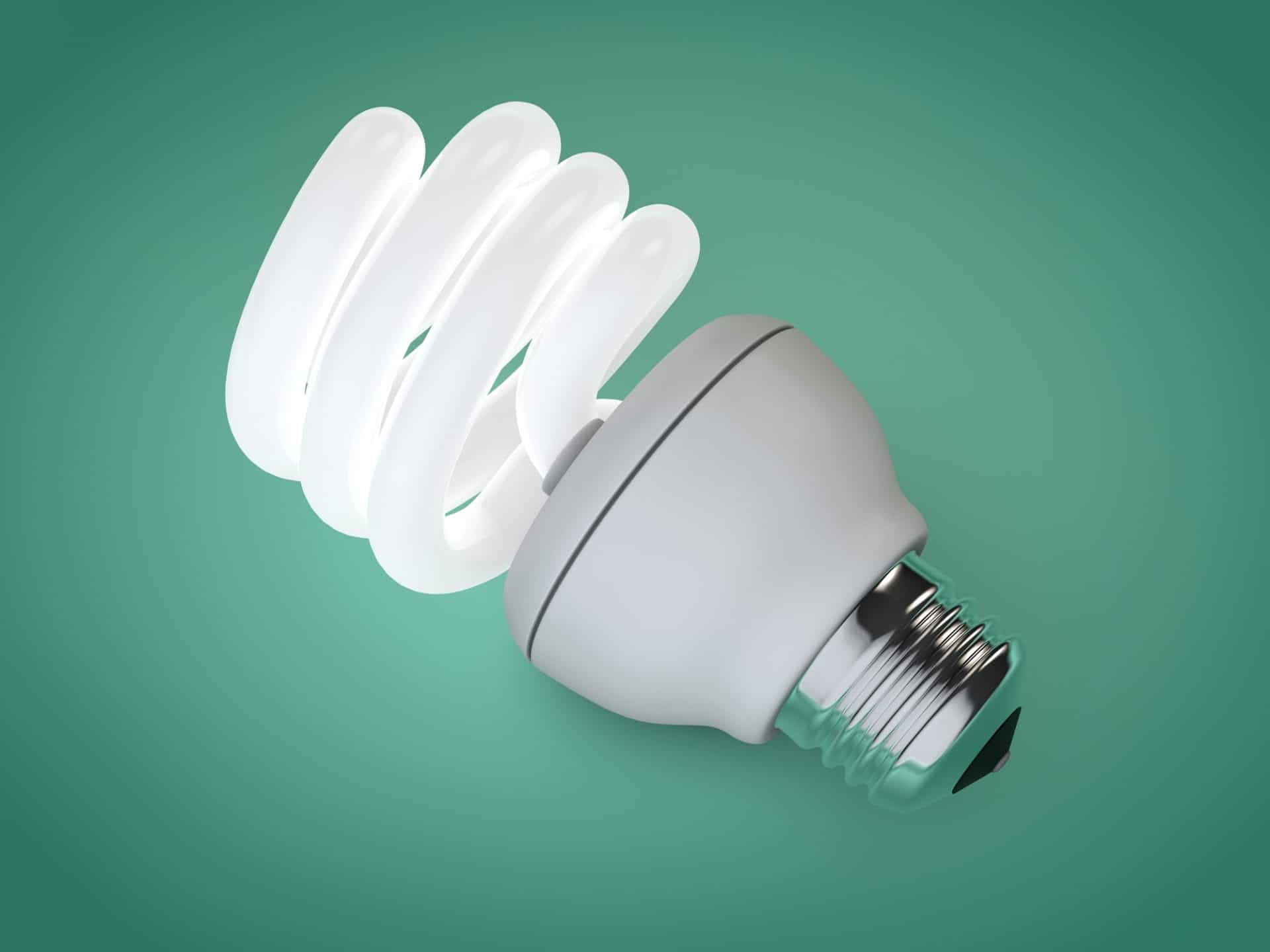
Compact fluorescent lamps (CFLs) are an alternative to traditional incandescent bulbs. CFLs last longer than incandescents, require less electricity, and produce less heat.
4. T8 Bulbs

T8 bulbs are similar to compact fluorescents, except that they’re slightly bigger. They’re also more expensive than other options, but they offer better performance.
5. Halogen Lights
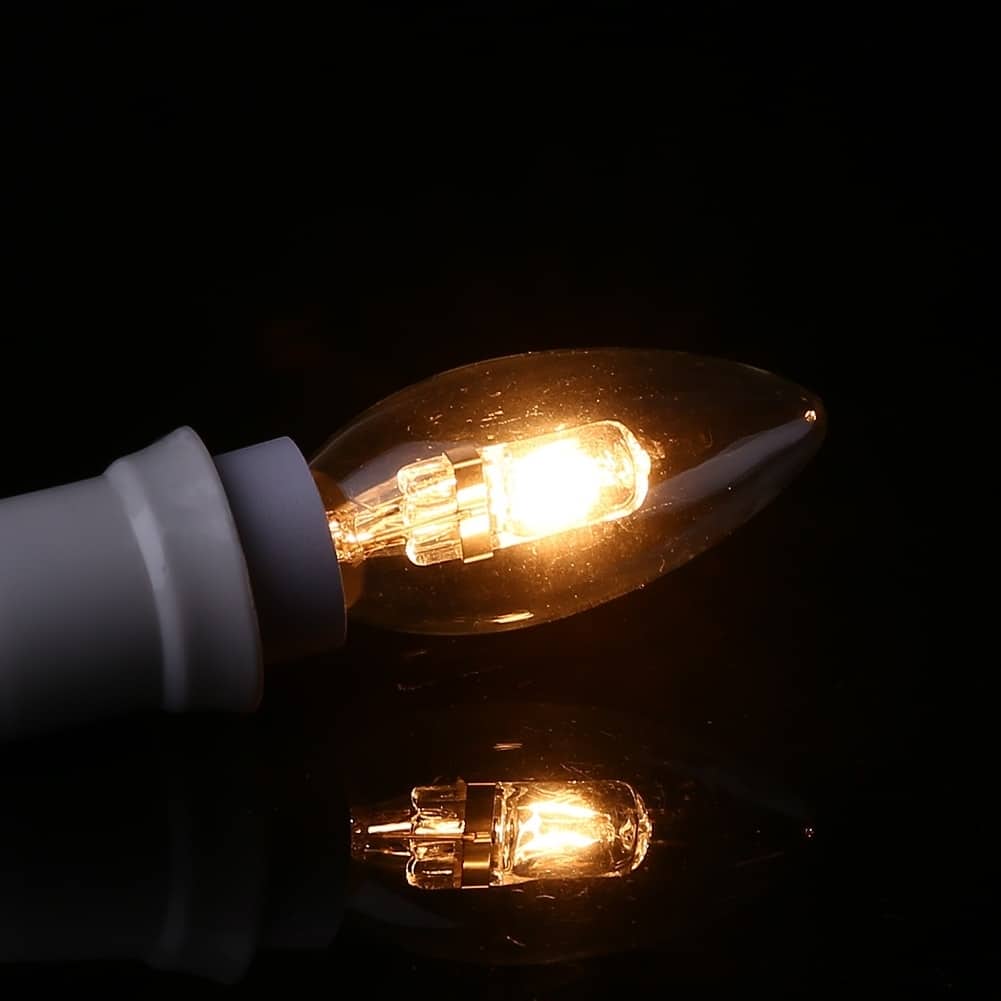
Halogen lights are the most powerful type of aquarium light. Halogens produce a lot of heat, which means they should not be used in water tanks without some form of thermal protection.
They are also quite bright, so if you’re using them in a tank where fish may swim into view, it’s best to cover them with a diffuser.
6. High Intensity Discharge Lights
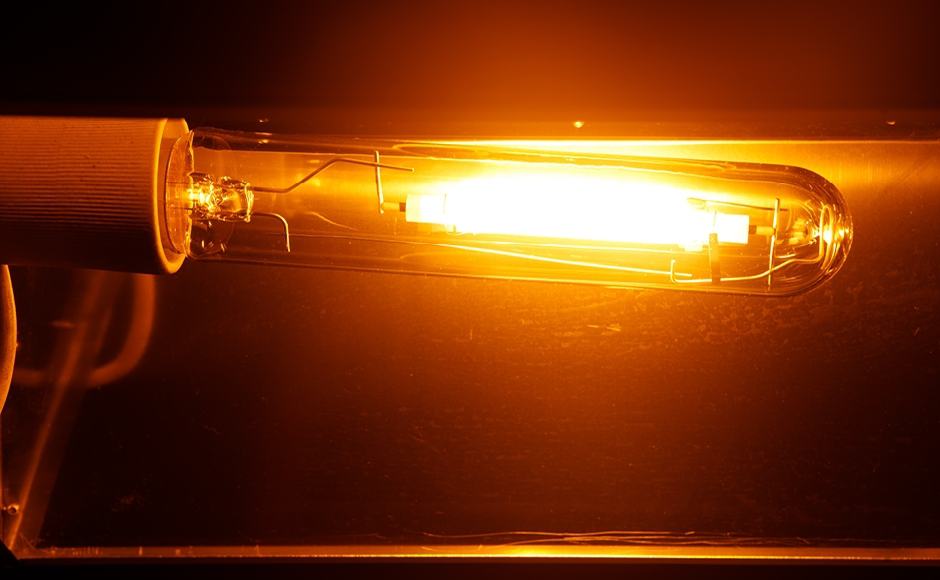
High intensity discharge (HID) lights are the brightest option available, but they’re not recommended for beginners because they create too much heat. HIDs produce high amounts of light at lower temperatures than standard incandescent bulbs.
This makes them ideal for growing plants indoors, where it’s important to keep the temperature stable.
They’re also great for indoor gardening because they don’t require any additional heating elements like fluorescent lights.
7. Solar Lights

Solar lights are great for those who live in areas where sunlight isn’t always present. The solar light has two main parts: a small battery pack and a light panel.
The light panel collects energy from the sun during daylight hours and stores it in the battery. The battery powers the light at night, allowing you to see without having to turn on a lamp.
8. Artificial Light
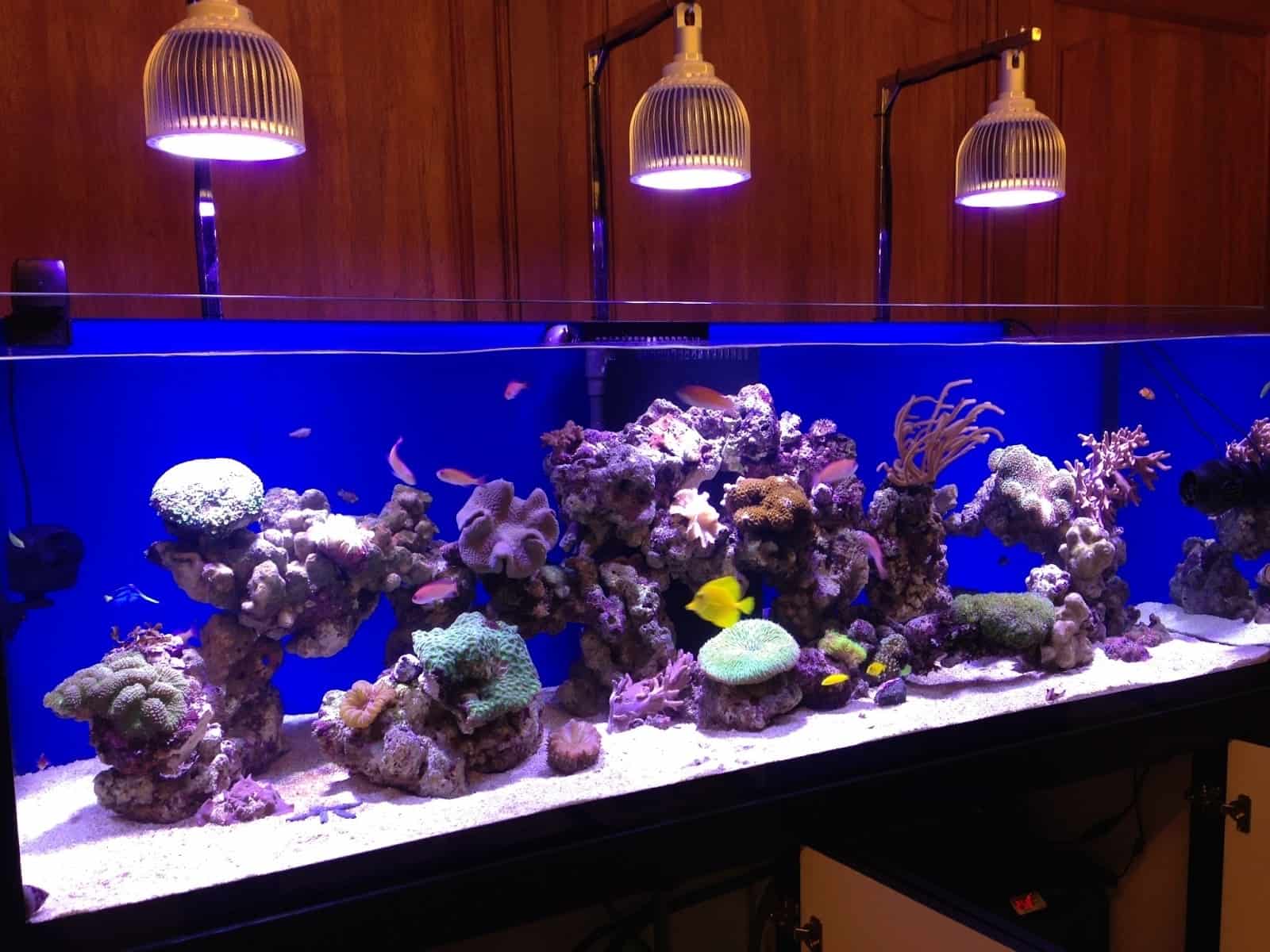
Artificial light is useful for night feedings or when you want to simulate daylight conditions. Artificial lights emit blue wavelengths which suppress melatonin production, so they may disrupt your baby’s natural circadian rhythm.
9. Parabolic Reflectors
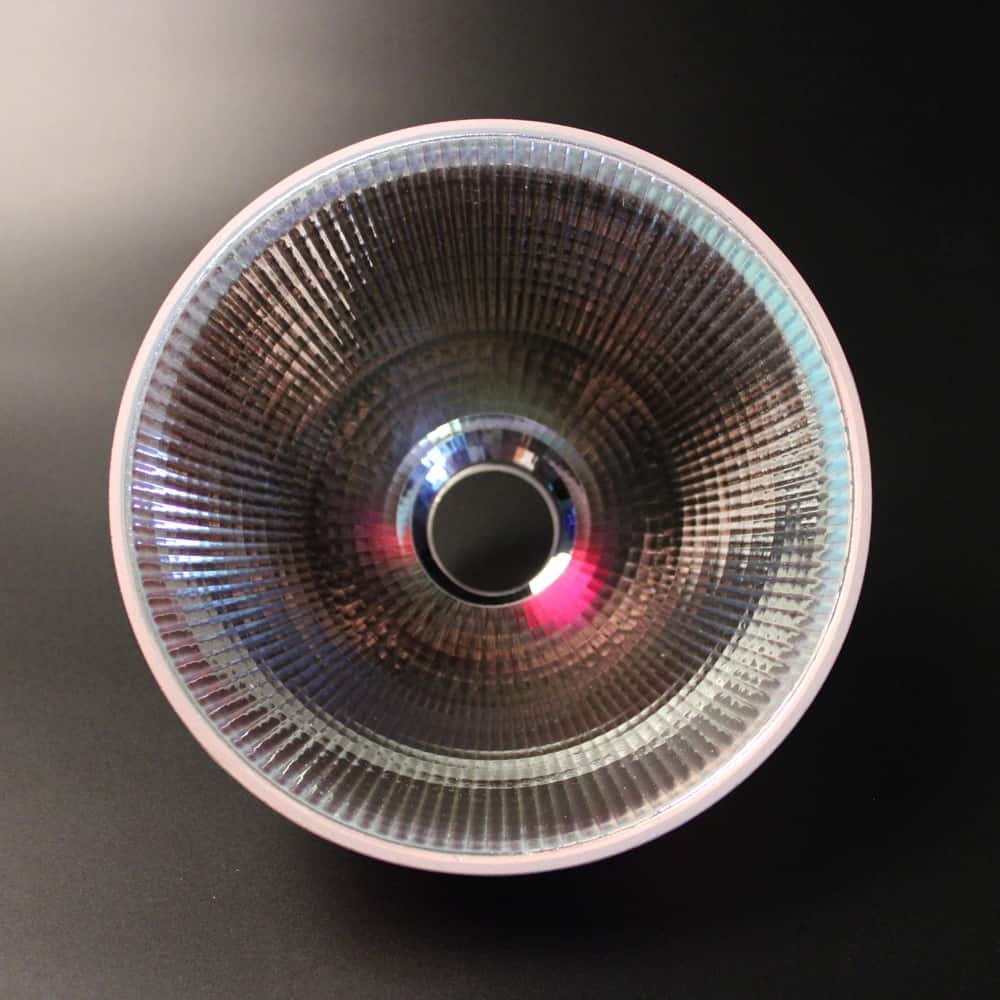
Parabolic reflectors are a good choice for large tanks. The parabolic reflector is one of the most popular aquarium filters because it provides excellent filtration and water movement. It is also easy to clean and maintain.
10. Waterproof Lamps

Waterproof lamps keep fish safe by preventing them from drowning in case of leaks. The waterproof lamp has a built-in floatation system that keeps it afloat if it falls into water. It comes with a built-in battery so you don’t have to worry about changing batteries every few hours.
11. Lighting Kits
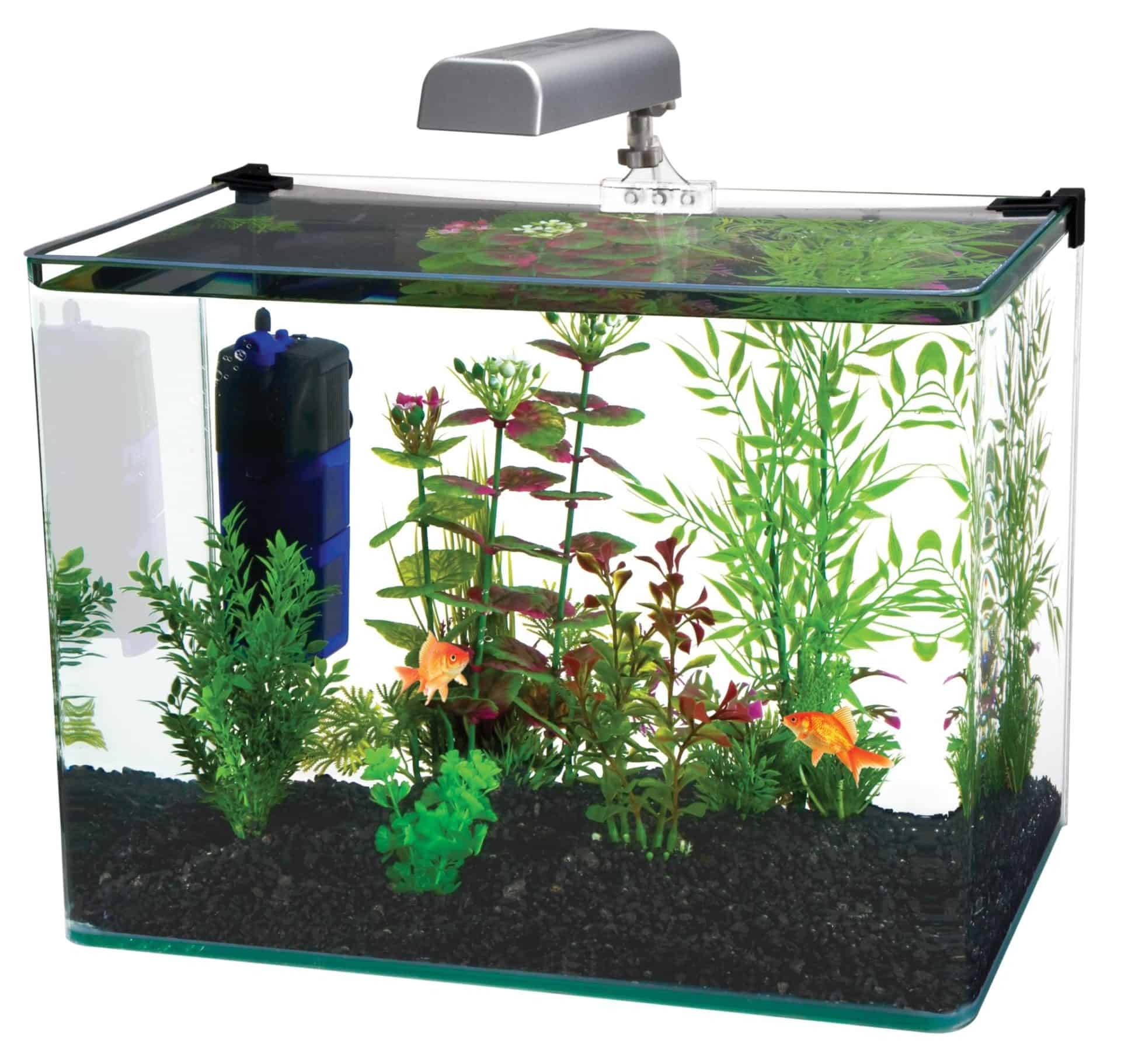
Lighting kits allow you to choose different types of lights depending on what you’d like to accomplish. The most basic lighting kit will include a light source, a battery pack, and a power switch.
These kits are often sold together, so if you’re looking to start out small, this may be the best option for you. If you want to add more features, consider buying a lighting kit from a reputable manufacturer.
12. LED Grow Lights

LED grow lights are efficient and long lasting, and many people prefer them over regular fluorescent lights. The best way to start growing plants indoors is by using LED grow lights. They produce high levels of light energy and heat, which helps plants thrive. These lights can be used in conjunction with hydroponic systems, but they can also be used on their own.
13. LED Downlights
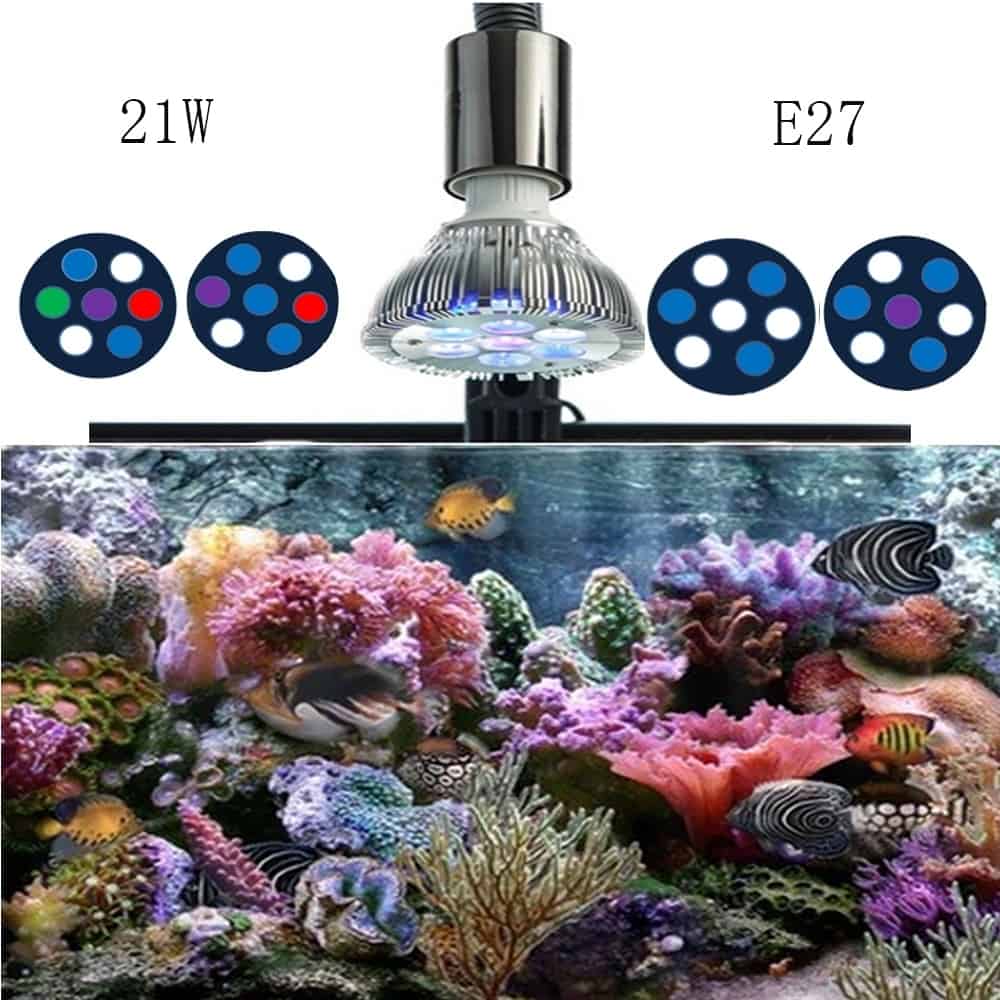
Downlights have become one of the most popular choices for plants and corals. The main advantage of downlights is they provide consistent lighting throughout the day and night. They don’t require any maintenance, so it’s easy to install them yourself. They’re available in a wide range of sizes and colours, and some models come with dimmers.
14. Cold Cathode Lights

Cold cathode lights are often used in decorative applications. They look like candles but they don’t burn. Instead, they emit electrons which excite atoms in phosphors that glow. The color of the light depends on the phosphor chosen.
15. Underwater Lighting
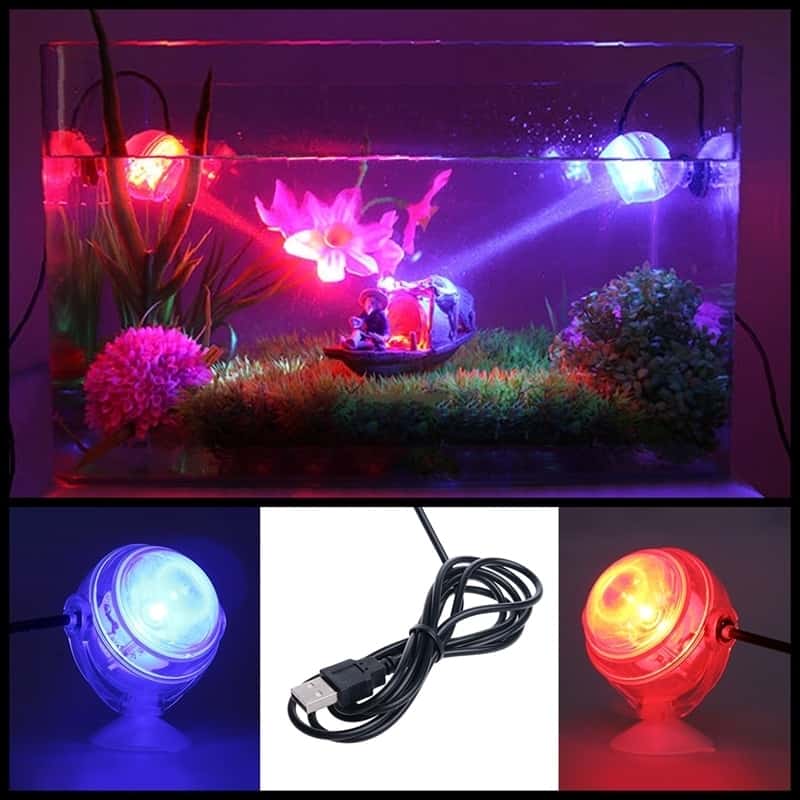
Underwater lighting provides visibility underwater. The most common type of underwater lighting is called LED lights. These lights are compact, energy efficient, and last longer than conventional light bulbs. They require less maintenance than incandescent lights and they don’t contain mercury.
16. Aquarium Projector

An aquarium projector uses a computer screen instead of natural sunlight to illuminate your tank. The projector shines light onto a special surface inside the tank which then reflects it back out into the room. This creates the illusion of underwater lighting without having to run power through the water.
17. DIY Aquarium Light using Heat Lamp

A heat lamp simulates sunlight by heating up water. The heat lamp is one of the most common devices used to simulate sunlight. It consists of a light bulb surrounded by a glass globe filled with water. As the bulb heats up, it emits infrared radiation which warms the water inside the globe. This warm water then radiates energy back out into space, creating a warming effect.
Conclusion
These are just 17 of the most useful items for an indoor aquarium. There are hundreds of other products that could work well in an aquarium setup, but these are some of the best options based on popularity and quality.
